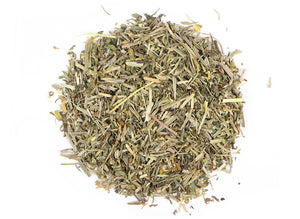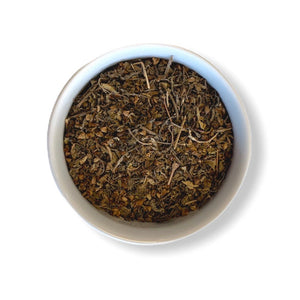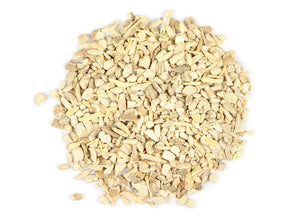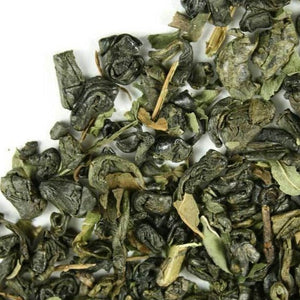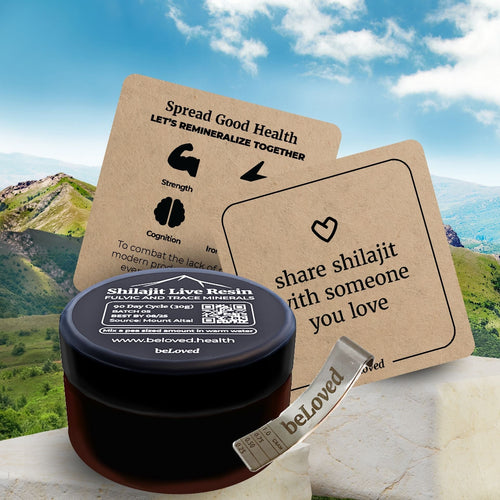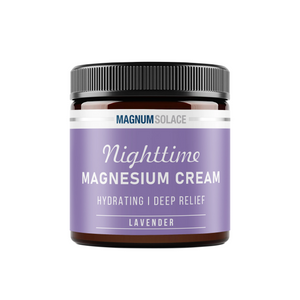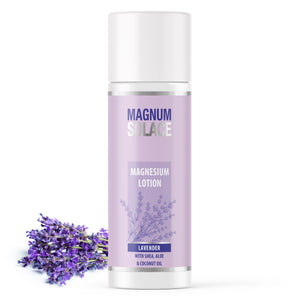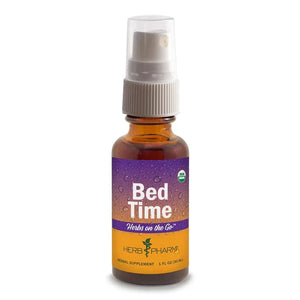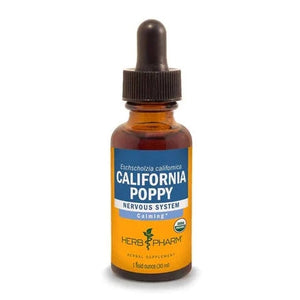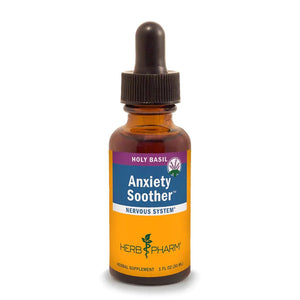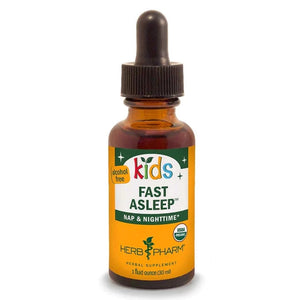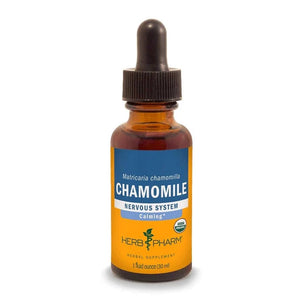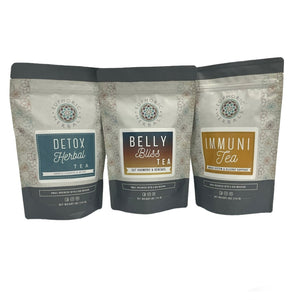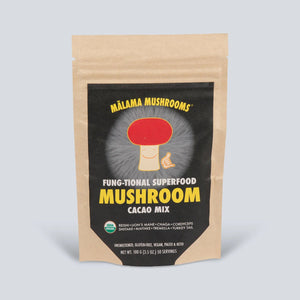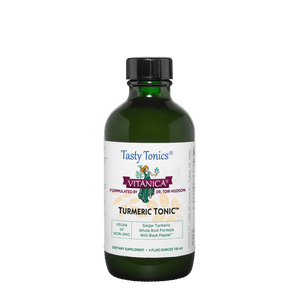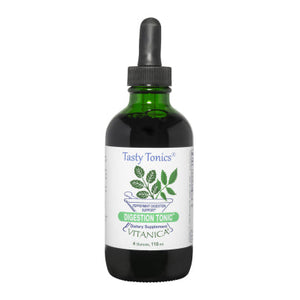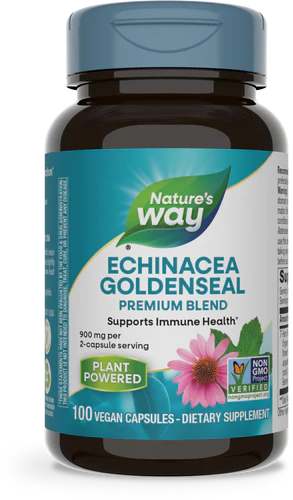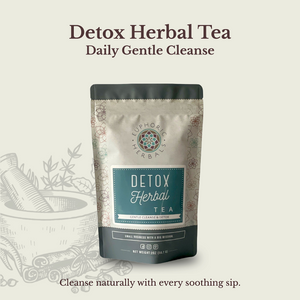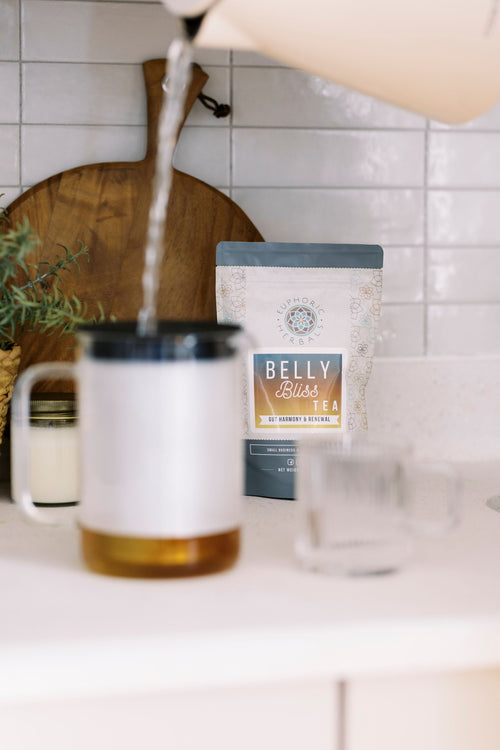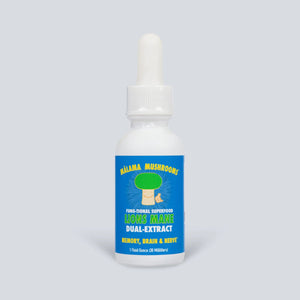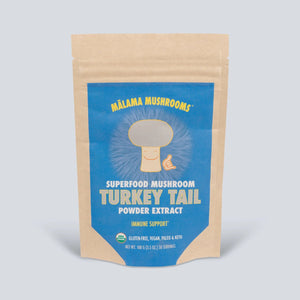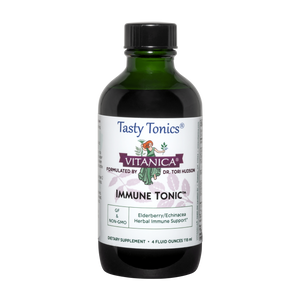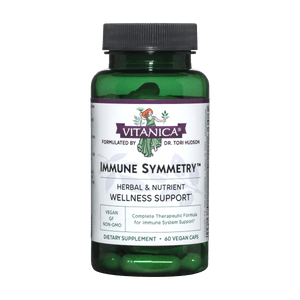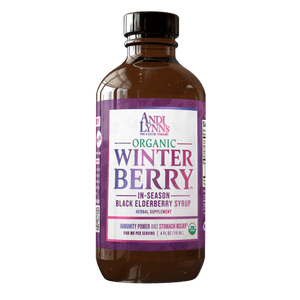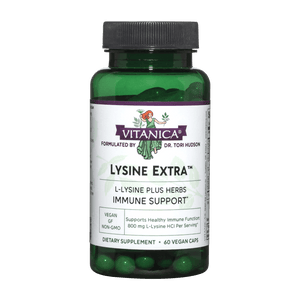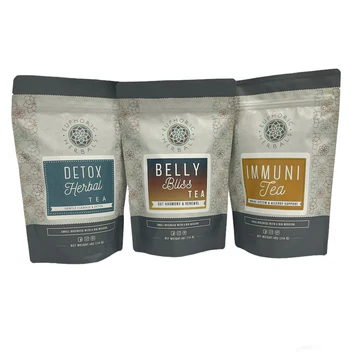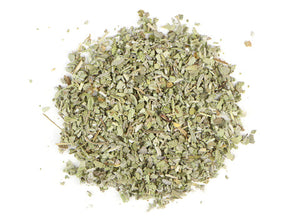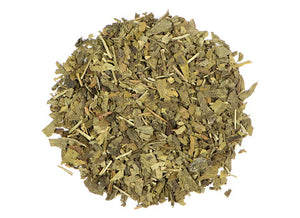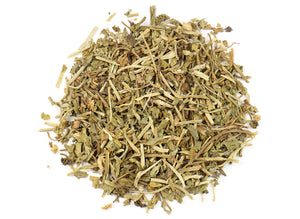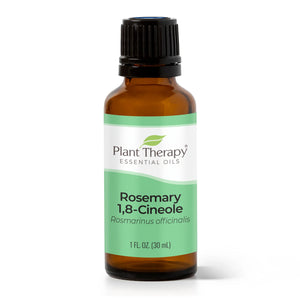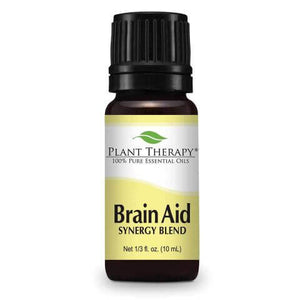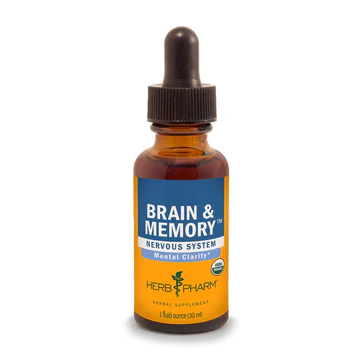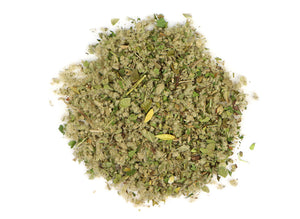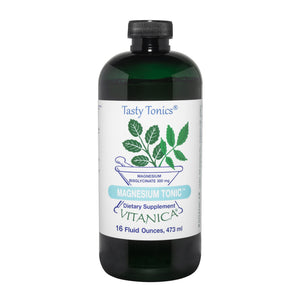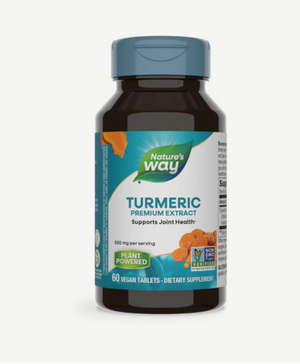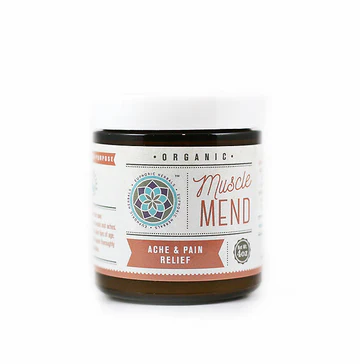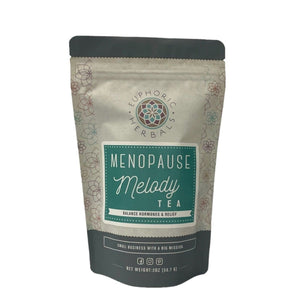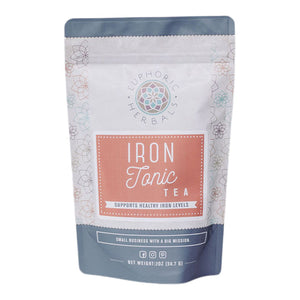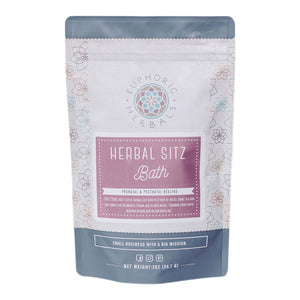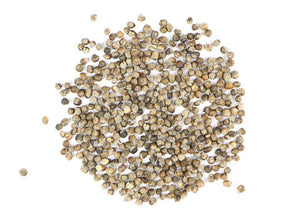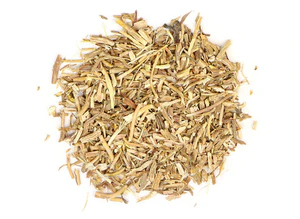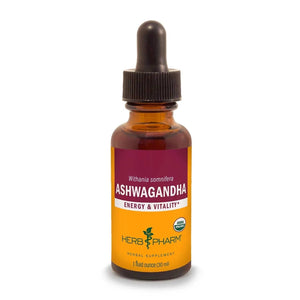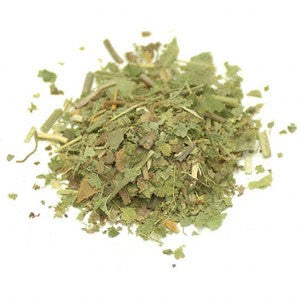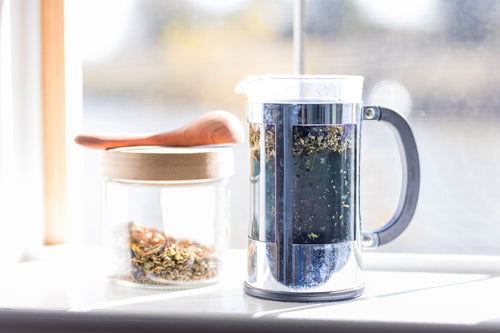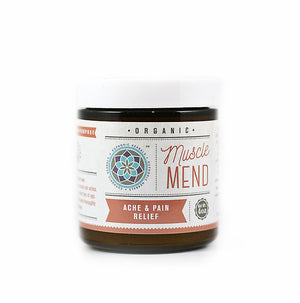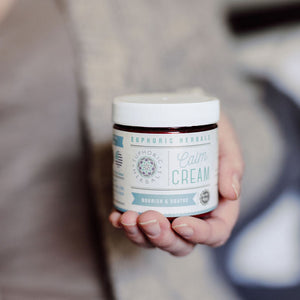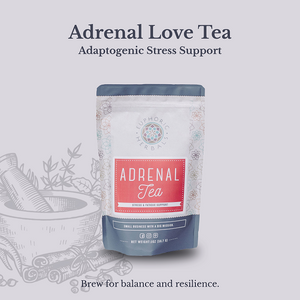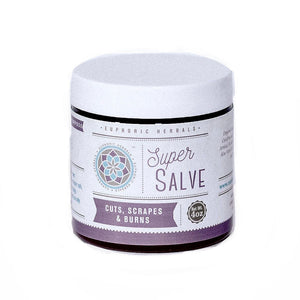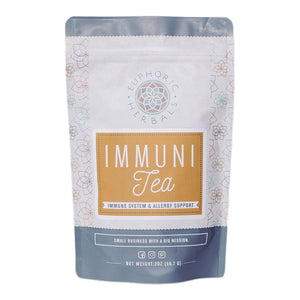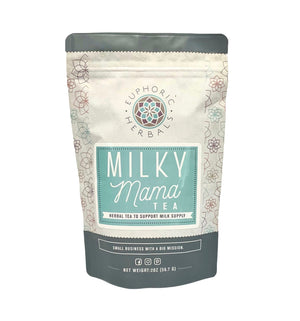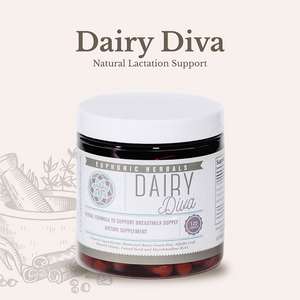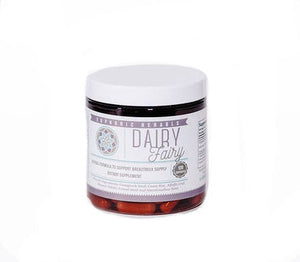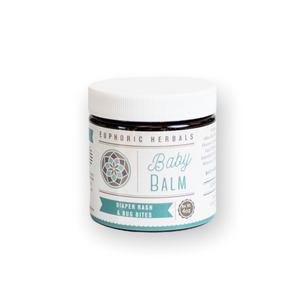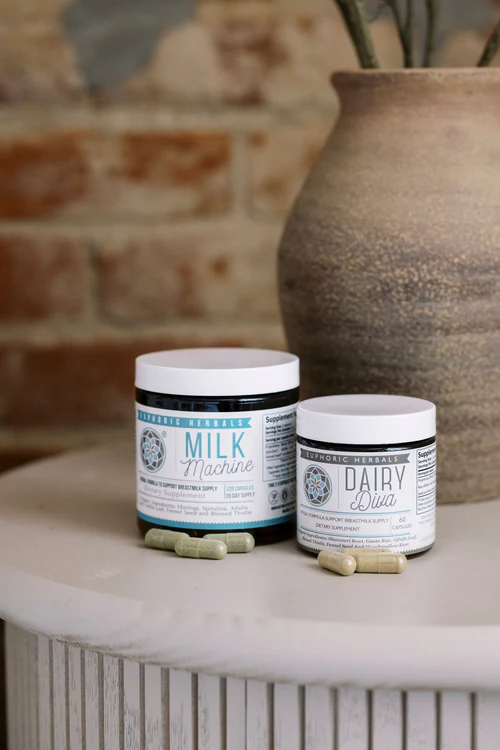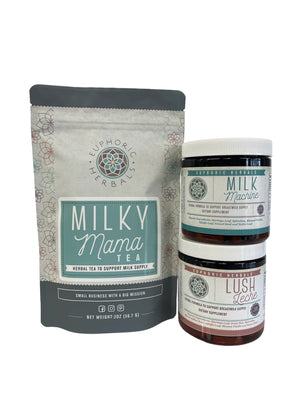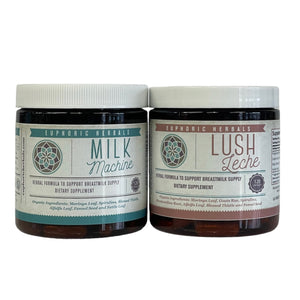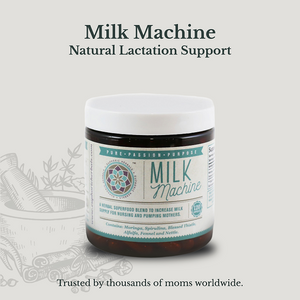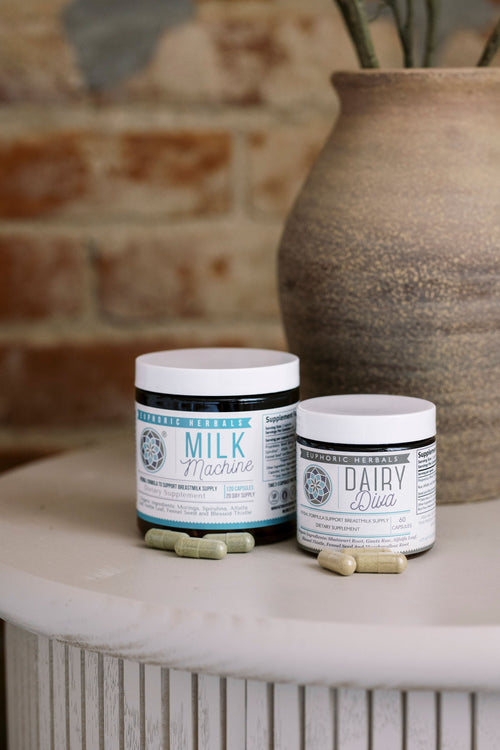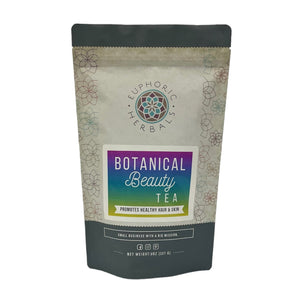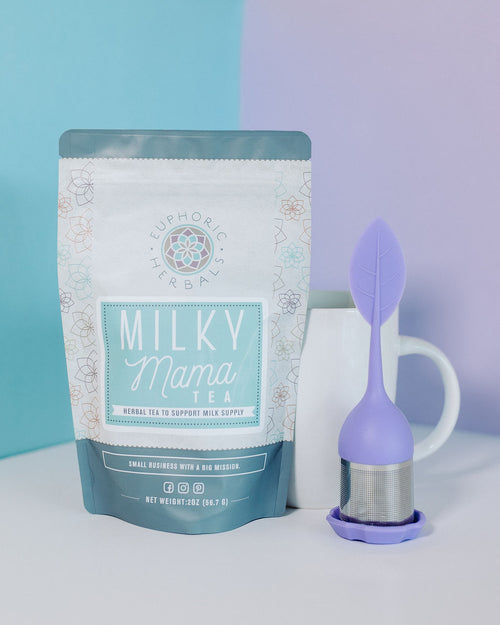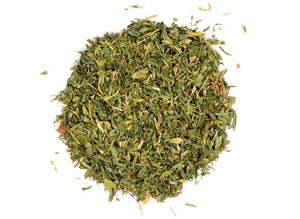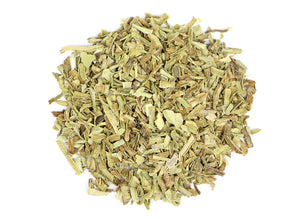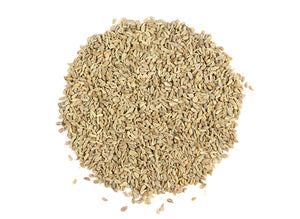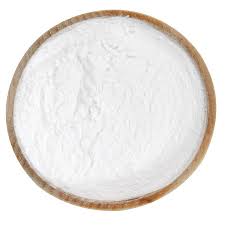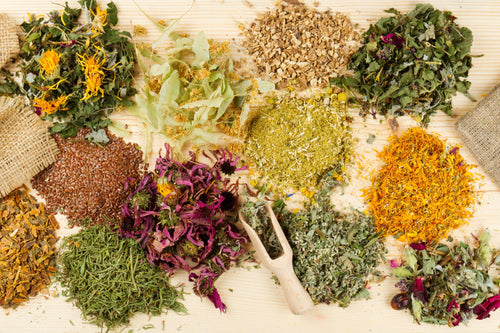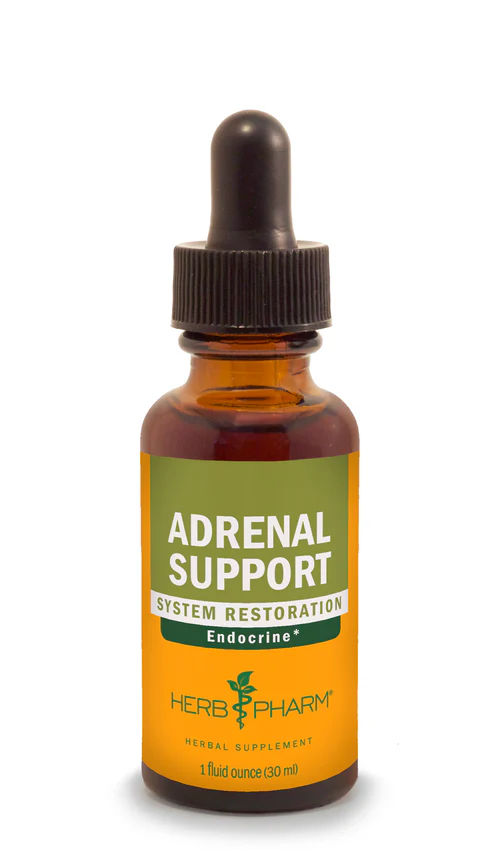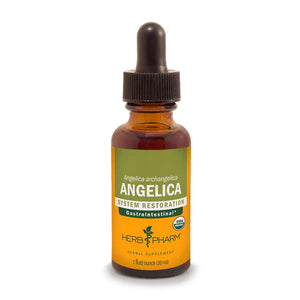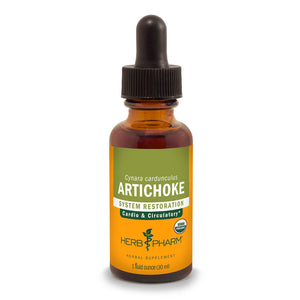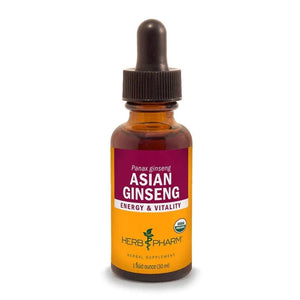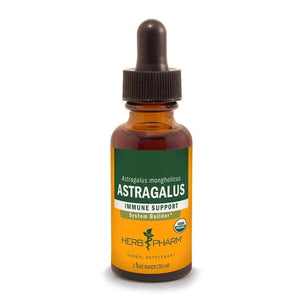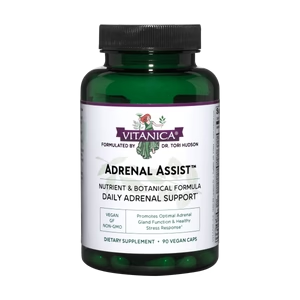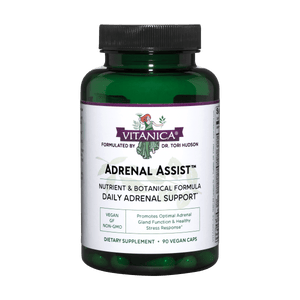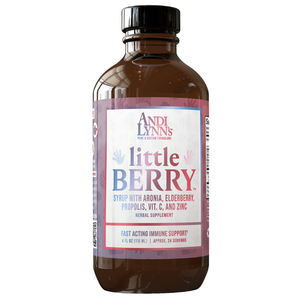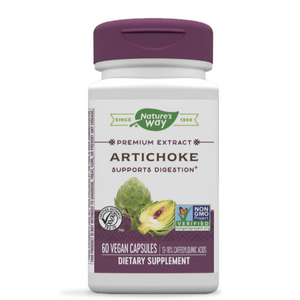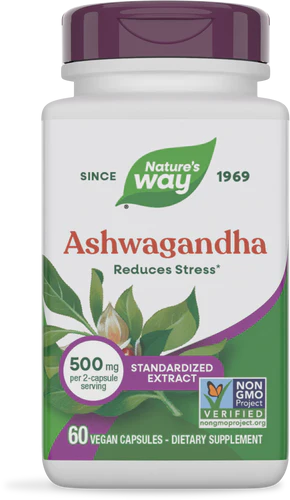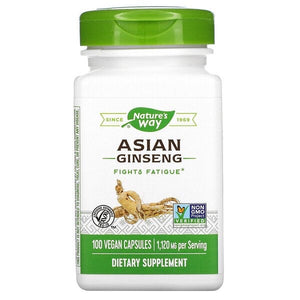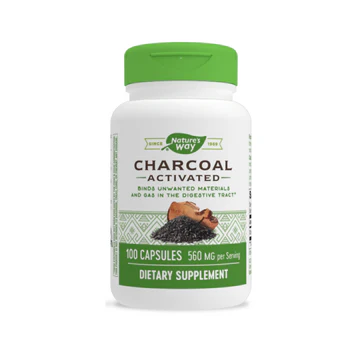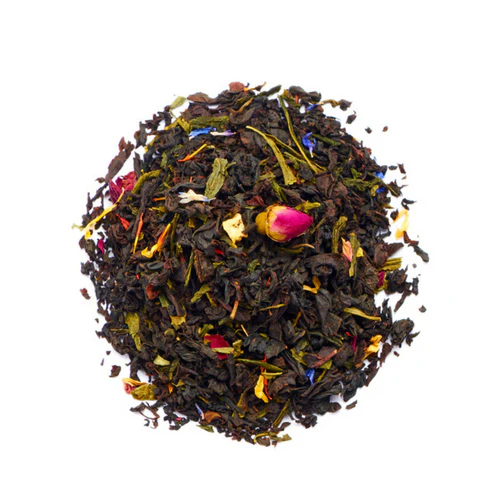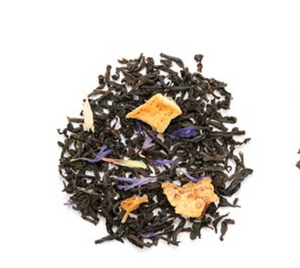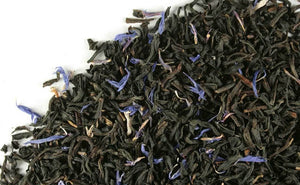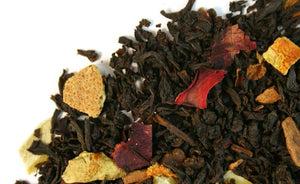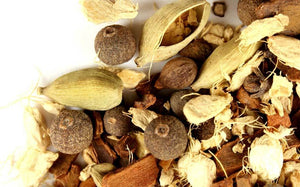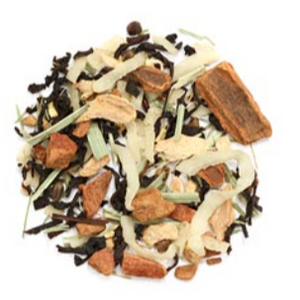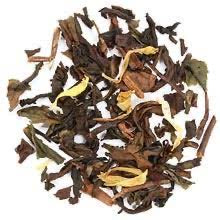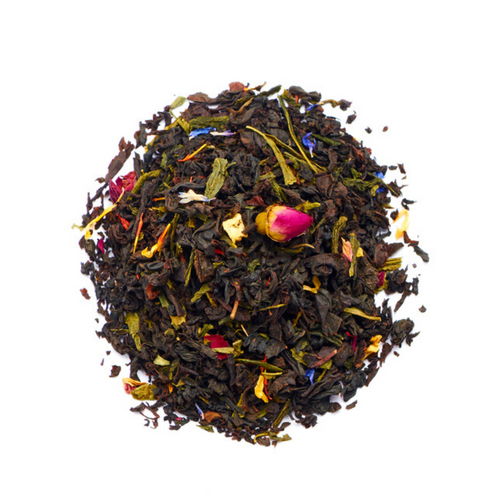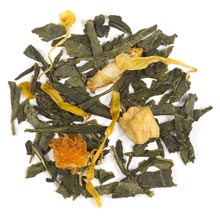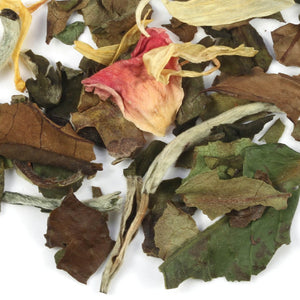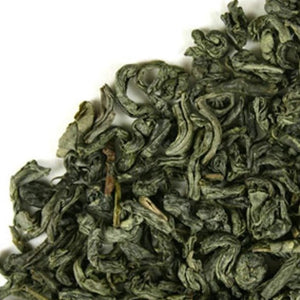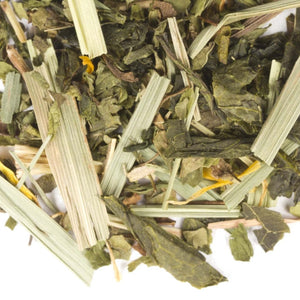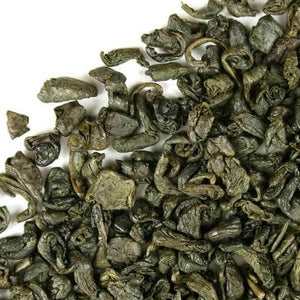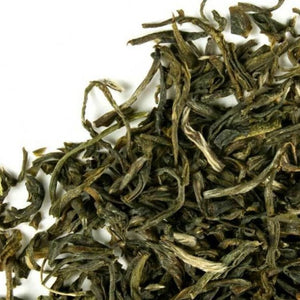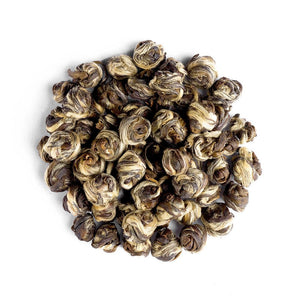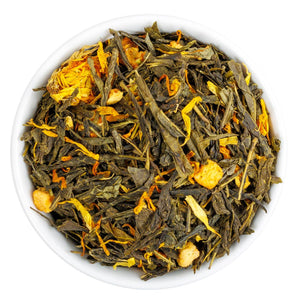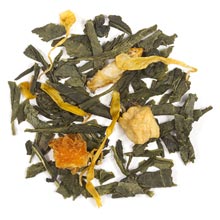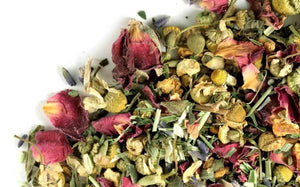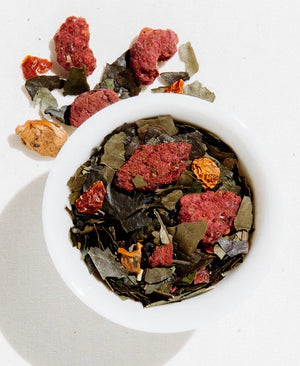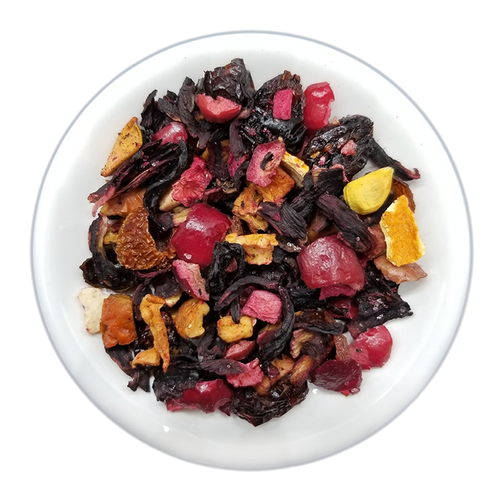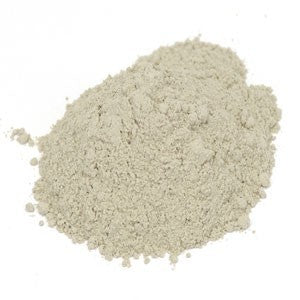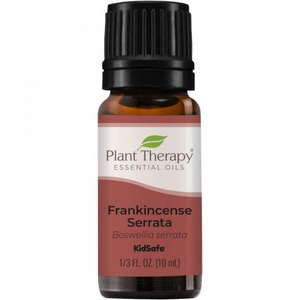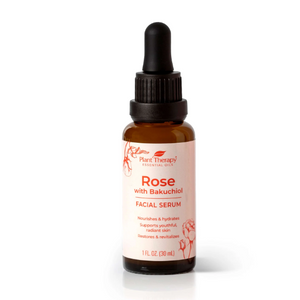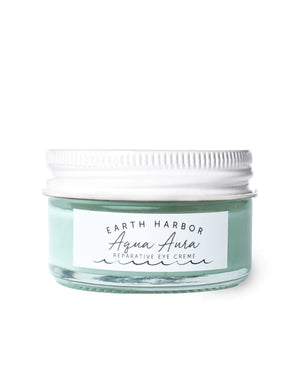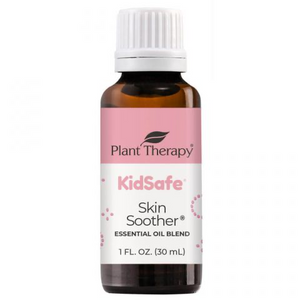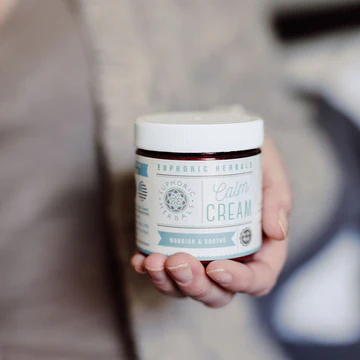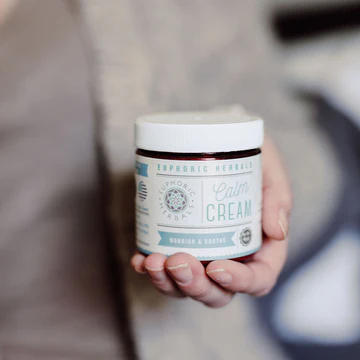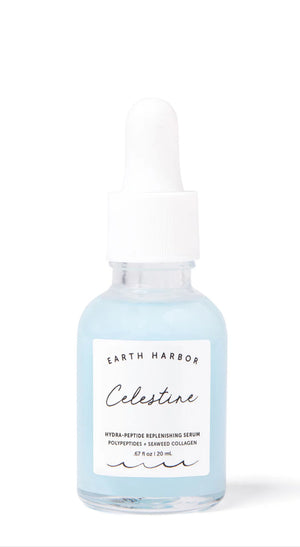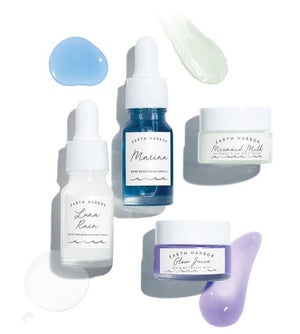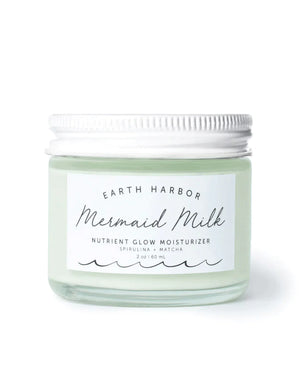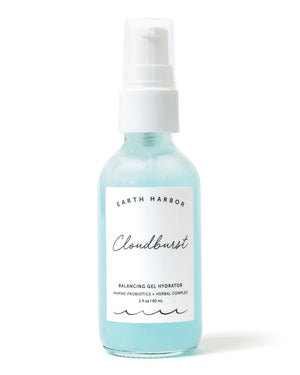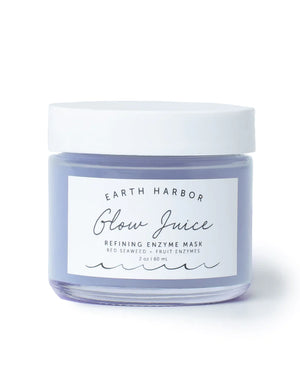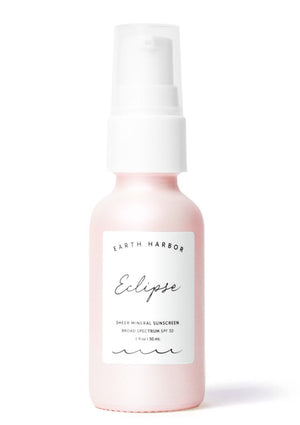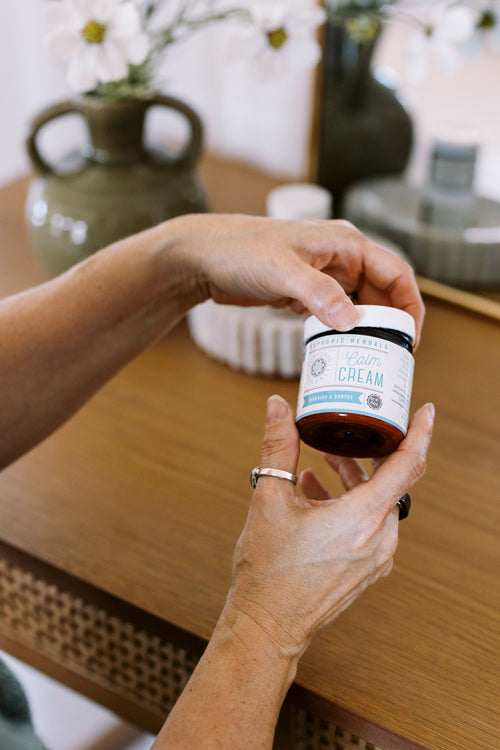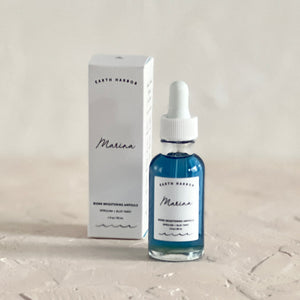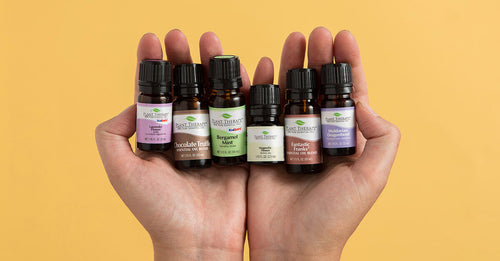10 Natural Essentials for Back to School Wellness
The new school year means new teachers, new friends, but also, new germs. It’s the unofficial start of “sick” season. While many parents are secretly (or not so secretly) doing a happy dance as kids head back, they should also be prepared for what’s to come.
Back to school shopping doesn’t just mean pencils and notebooks. It’s a good time to stock up on the “go to” items for keeping your family healthy. Here are 10 natural essentials for back to school wellness:
1. Handwashing
Hands down, the golden rule for keeping germs at bay is handwashing. By practicing good hand hygiene, you aren’t just protecting yourself — you’re protecting everyone you come into contact with. Make sure the whole family knows the importance of the practice. Learn more with these tips and tricks.
2. Zinc
Zinc has been found to help an array of health areas — from your skin to diarrhea to overall immune function. There are many ways to get more zinc in your diet. It’s found in foods like beans, nuts, meats and, interestingly, oysters — which contain more zinc than any other food, according to the National Institute of Health. But if the idea of knocking back a few on the half shell on a daily basis doesn’t appeal, zinc supplements come in everything from capsules to lozenges.
Black elderberries have been recognized for centuries throughout Europe for their immune supportive properties. Some evidence shows that its qualities can help reduce the severity of illnesses, particularly the flu. Want to help it go down a bit better? Try a syrup that contains a touch of honey (for those children over the age of 1), which also offers soothing support to your system.
4. Probiotics
Probiotics are all the rage right now. From fermented foods to yogurt of all kinds, probiotics can help to restore the gut flora of good bacteria. That’s important considering 70% of the immune system is located in the GI tract. Daily probiotic capsules make it that much easier for children and adults alike to get the varying strains of probiotics needed to help balance your digestive tract.

5. Immunitea
There’s nothing quite like cozying up to a warm mug of tea on a fall day. Especially one that helps battle the upcoming cold and flu season. Finding one with the right mix of immune-boosting aids, like elderberry, echinacea, astragalus, nettle and lemon balm — plus a delicious taste and aroma — is key. Immunitea is a great choice for the best of both worlds. Plus, you can also vary the potency by preparing it as a tea, medicinal infusion (strong tea) or an herbal syrup.
6. Vitamin D3
The cooler weather means less time spent outdoors gathering warmth and vitamin D from the sun. Its benefits include aiding bone and cell growth, improving immune function and reducing inflammation, according to the NIH. Bottle the power of the sun with an added Vitamin D supplement when you aren’t able to soak up those daily rays.
7. Fire Cider
You’ve likely heard the benefits of raw apple cider. Want to take it one step further? Try fire cider. Known as a common cold remedy among herbalists, this spicy concoction typically includes ingredients like horseradish, onions, ginger, among others. It’s grown in popularity so much, the Martha Stewart website even has a recipe. Not up for DIY? The Fire Cider company has trademarked the drink and sells it by the bottle.
There’s no cure for the common cold, but you can possibly reduce your chances of catching it in the first place with Echinacea, a native plant to the United States. Combined with reishi, a centuries-old immune-boosting mushroom, the duo will help ward off what’s to come.
9. Antifungal Salve or cream
From infants to adults, a good antifungal is a necessity for any age and every medicine cabinet. Salves help battle the dreaded yeast diaper rash, athlete’s foot, and thrush — a true saving grace. Herbal Euphoric’s Awesome salve contains herbs with antifungal and antibacterial components, like chaparral, goldenseal, myrrh, lavender, tea tree oil, aloe vera gel and beeswax.
10. Sleep
New schedules may mean less zzz’s. But that could put you at higher risk of getting sick — and staying sick longer. According to the American Academy of Sleep Medicine, children 6-12 years old need at least nine hours of sleep. And let’s not forget parents — adults need more than seven hours of shut eye at night. Make sure to start well in advance to adjust schedules ahead of the new school year with earlier bedtimes for all.
Wishing you and your family a happy and healthy year ahead!


